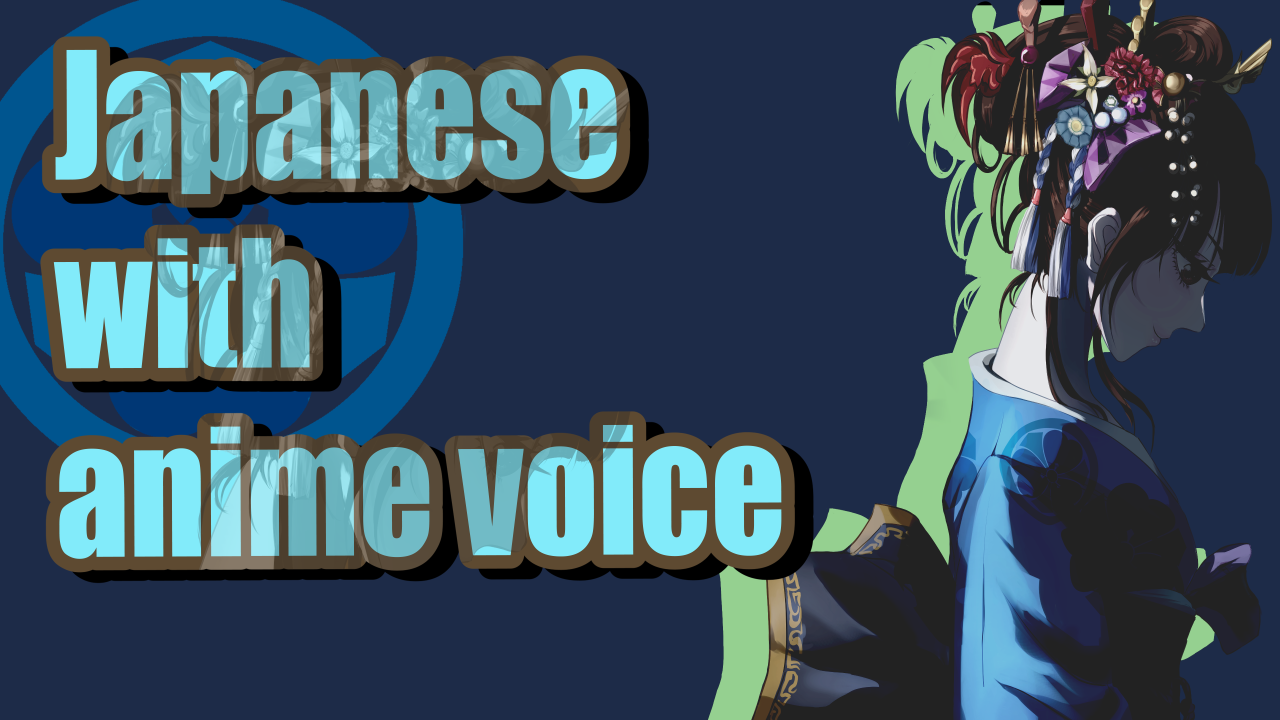Japanese with anime voice: episode46
Hello, I’m Sachi.
6 May. Today is コロッケ (korokke) day. Do you all know what Japanese コロッケ (korokke) is? The kind where potatoes are mashed, rolled up and deep-fried. The word コロッケ (korokke) is said to be derived from the French appetiser クロケット (kuroketto). When it was introduced to Japan during the Meiji period (1868-1912), the word クロケット (kuroketto) was changed to コロッケ (korokke) with an accent. I can understand if the Japanese word is 訛る (namaru), but this is the first time I’ve heard a foreign word 訛る (namaru). LOL
訛る (namaru) means that the word or pronunciation is broken. It’s like my language. My Japanese is totally different from the Japanese you study in textbooks, isn’t it? This is what 訛る (namaru) means.
The way I say 訛っとる (namattoru) is not normal Japanese. In standard Japanese, it is said 訛ってる(namatteru). To be more precise, it would be 訛っている (namatteiru).
Indeed, if you think in terms of words, you could say that kuroketto is 訛った (namatta). But still, it still feels somewhat strange. If that’s the case, the same could be said for all katakana. I think that’s strange too. The French pronunciation of クロケット (kuroketto) is “croquette”, although I cannot pronounce it well myself…
If anything, it sounds more like クォケッツ (kuokettsu) than クロケット (kuroketto). To begin with, the original word is not pronounced クロケット (kuroketto). The pronunciation of croquette became クロケット (kuroketto), which in turn became コロッケ (korokke). This is how the Japanese language is becoming more and more distant from the original word.
Such korokke, which came from abroad, became one of the three major Western cuisines in Japan during the Taisho era (1912-1926). In a broad sense, Western food is Western food in general, but in a narrower sense, it is Western food that developed uniquely in Japan. Now, here is a question. The three major Western cuisines that I mentioned earlier, there are two more besides korokke, aren’t there? What are those two? What kind of Western food are they? I’m going to count to ten seconds now, so please think about the remaining two of the three best Western foods in Japan! 12345678910.
The answers are tonkatsu and curry. Did anyone guess right? If so, please let me know in the comments section. If you didn’t answer correctly, please comment on what you thought the dishes were. I would like to know what people from other countries think of when they think of Western-style Japanese food.
By the way, how do you season your food when you cook? In Japan, it is common to add ソース (sauce) to korokke and tonkatsu. The difference between 醤油 (shouyu:soy sauce) and ソース (sauce) is that 醤油 (shouyu:soy sauce) is made from fermented soya beans and is a fine, silky liquid. ソース (sauce) is a thick liquid made by boiling a blend of vegetables and fruits.
I don’t really like ソース (sauce). So when I make コロッケ (korokke), I season it with salt and pepper. Everyone adds salt and pepper in the process of making コロッケ (korokke), but in my case, I use more of it and make it so that it can be eaten as it is. That way you don’t need ソース (sauce), right? Sauce has a strong taste. So, whether it’s コロッケ (korokke) or tonkatsu, if you put ソース (sauce) on it, all you taste is ソース (sauce). I think that’s the same as eating ソース (sauce). I used to think that way about ソース (sauce). But I really like salt and 醤油 (shouyu:soy sauce). So when I eat sushi or sashimi, I put a lot of 醤油 (shouyu:soy sauce) on it. My partner saw that and told me that the way you eat is like eating 醤油 (shouyu:soy sauce). That’s when I realised. That’s when I realised that I was doing the same thing I was thinking about sauce. I love 醤油 (shouyu:soy sauce) so much, I can’t deny it when my partner says that. In fact, I could say, yes, I eat 醤油 (shouyu:soy sauce) I had a negative view of ソース (sauce) as condiments, but what I was doing was the same thing. Rather, it was just a difference in taste. If you like ソース (sauce) or 醤油 (shouyu:soy sauce), you can eat it with plenty of it. Don’t you agree?.
Are there any seasonings in your country, like 醤油 (shouyu:soy sauce) or ソース (sauce) in Japan, that look similar but are actually made in a different process and taste? In Japan, sauce is commonly used for takoyaki and okonomiyaki. But I prefer to eat them with 醤油 (shouyu:soy sauce) too. Recently, there are some takoyaki with 醤油 (shouyu:soy sauce) on the menu, but okonomiyaki is still often eaten with ソース (sauce). When I go to an okonomiyaki restaurant with my friends, they are often surprised when I pour 醤油 (shouyu:soy sauce) over the okonomiyaki. But it tastes good with 醤油 (shouyu:soy sauce)! This is a recommended way of eating okonomiyaki, so if you go to an okonomiyaki restaurant in Japan, please give it a try!


